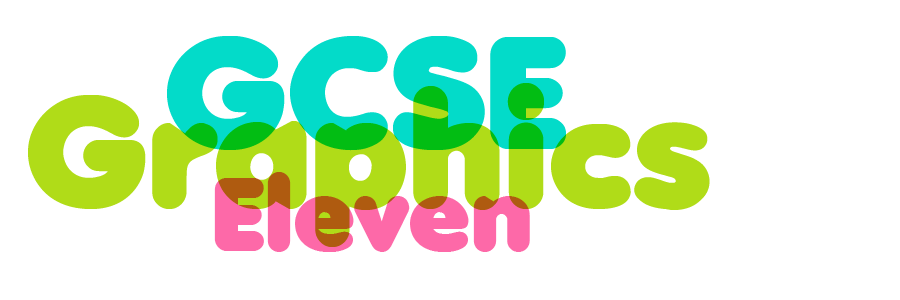Objective
To allow you to retrieve and create a wealth of ideas for your unit 1 project.
Tasks
1. Create a post for the brief. Either copy in my example or write your own.
2. In your sketchbook, brainstorm all of the possible ideas / associations that you associate with your story / lyrics / title / synopsis / brand.
This could be evidenced in many forms:
Children's book cover - print the story out, double spaced and annotate i the margins. Highlight key scenes and iconography that could be used on the cover.
Game cover - start with a few words in the middle of a page. For Epic City Limits is would write the 'name' of the game, 'city', 'jobs', 'youths' etc. Then, using a thesaurus, branch out with connections.
Digipak - brainstorm the name of the album... and print off lyrics by a similar artiste and annotate them in the margins.
Packaging design - Brainstorm the name of the product... and the overall 'feel' or 'message' of the product.
Presentation
Photographed and on blog.
Checklist for assessment
Loads of interesting ideas.
Time needed
1 hr
Deadline
Lesson start, Wed 10 June.











